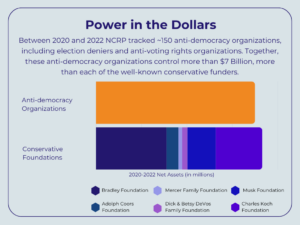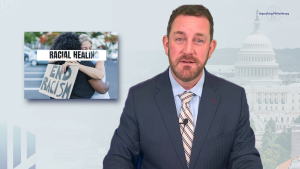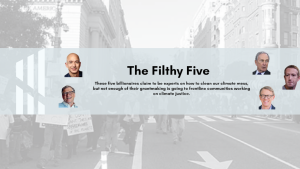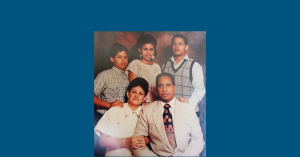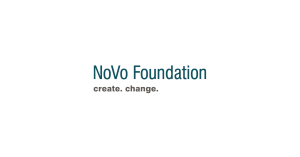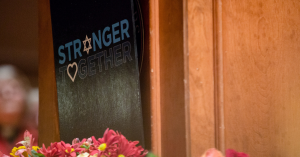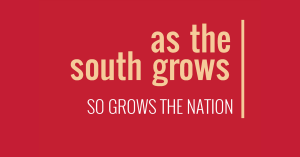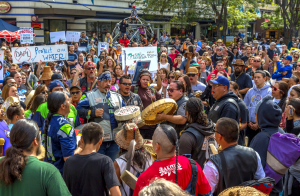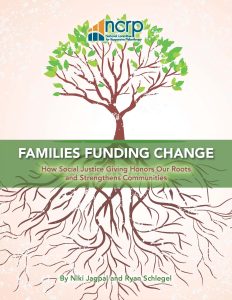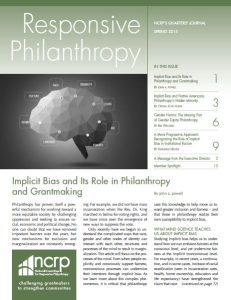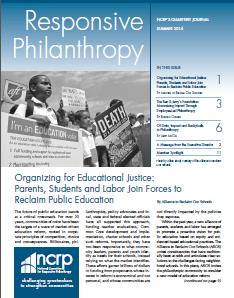At the end of November, President Obama announced a series of executive orders to take action on immigration reform. While his decision was in part the result of personal courage and conviction, it was also, and perhaps primarily, a victory of the immigration reform movement. NCRP has long promoted the importance of philanthropic support for grassroots organizing strategies like those employed by the movement.
While imperfect, this victory for immigrants and all Americans has been a welcome ray of hope this winter, providing a clear example of cause and effect when it comes to community organizing and policy change. This issue of Responsive Philanthropy not only delves into specific stories from philanthropy and the immigration reform movement, but also offers concrete tips on some of the best ways that foundations can support specific practices such as leadership development and capacity building.
In our cover story, “Lessons for Philanthropy from the Success of California’s Immigrant Rights Movement,” Cathy Cha, program director of Immigrant Rights and Integration at the Evelyn & Walter Haas, Jr. Fund, describes the practices the foundation has implemented to support the state’s movement. Over time, the foundation has come to recognize the value of enabling groups on the ground to decide strategy – supported not just by its grantmaking but also by its convening power.
Next, the Center for Community Change’s Deepak Bhargava shares his personal reflections on the national immigrant rights movement in “From Grassroots to Executive Action: Reflections on Immigration Reform.” Deepak bolsters concrete lessons for philanthropists looking to get involved in this effort or similar ones with anecdotes from his own experience, emphasizing the need to put human faces at the heart of the movement.
In “A Briefing for Foundations on Pioneering Nonprofit Leadership,” Daniel Lee, executive director of the Levi Strauss Foundation and NCRP board member, shares what his foundation learned by completing its five-year Pioneers in Justice initiative. The success of this program to support nonprofit leaders in the foundation’s hometown of San Francisco proves the not-always-linear connection between strong leadership networks and transformative social change.
Finally, in “Relational Capacity: A New Approach to Capacity Building in Philanthropy,” TCC Group directors Chris Cardona, Julie Simpson and Jared Raynor propose a different approach to capacity building, one that is holistic and grounded on a collaborative, iterative and mutual relationship between a foundation and its grantees. They offer six recommendations for funders to help shift the social sector away from current “best intentioned, yet incomplete” nonprofit diagnostics to being multidirectional and open to knowledge sharing.
And, our Member Spotlight highlights the work of Marguerite Casey Foundation, a grantmaker that empowers low-income families to advocate for long-term systemic change.
As always, we hope Responsive Philanthropy is a useful resource for all those in the philanthropic sector, and we are always trying to improve. Let us know how we’re doing at readers@ncrp.org.
Aaron Dorfman is executive director of the National Committee for Responsive Philanthropy (NCRP). Follow @NCRP on Twitter.









